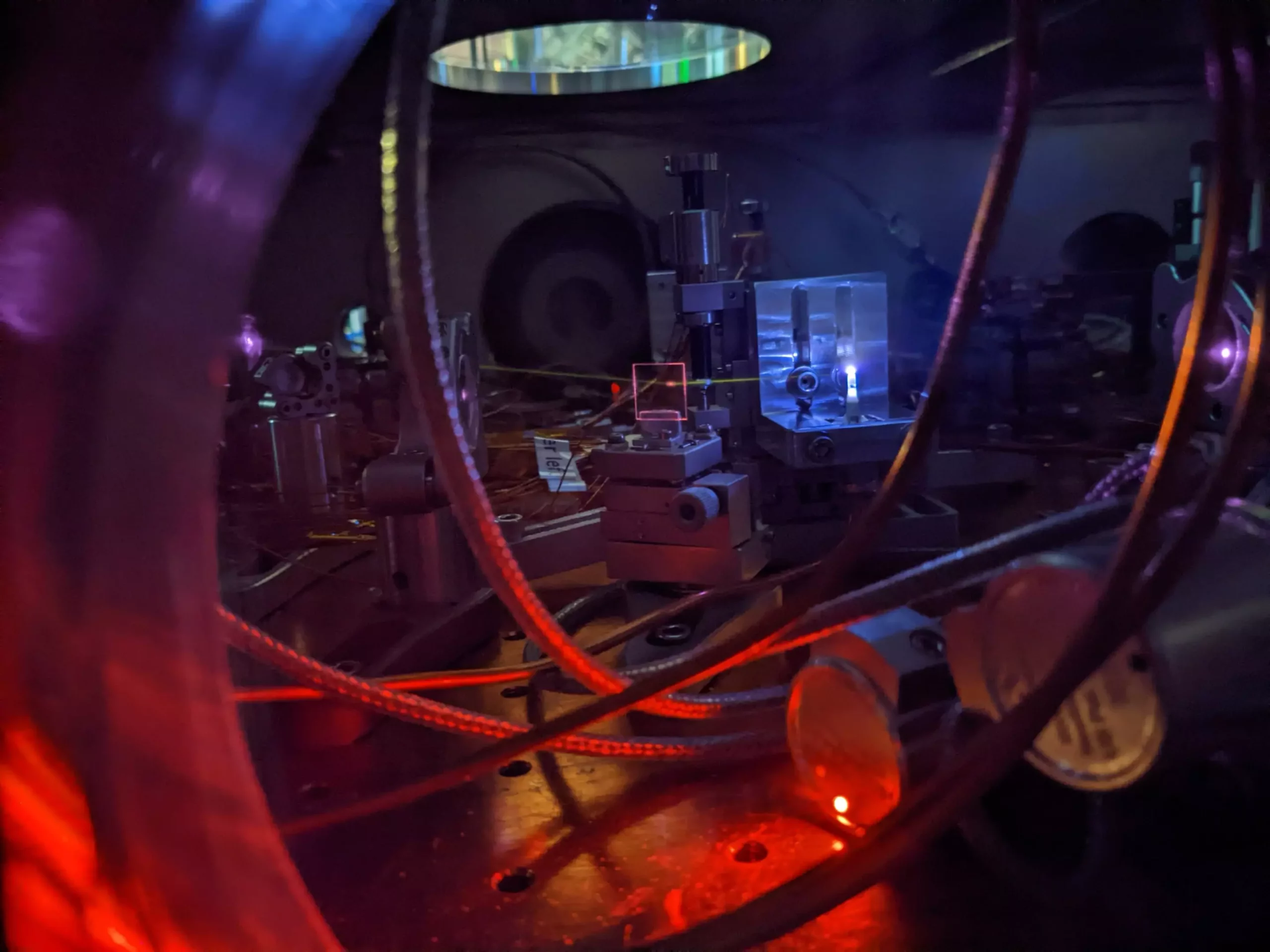The quest to measure time with unparalleled precision has driven scientists for centuries, culminating in the development of atomic clocks, which currently serve as the backbone for global timekeeping standards. Yet, the emergence of nuclear clocks, a groundbreaking innovation spearheaded by an international team of researchers led by JILA—a collaborative institute of the National Institute of Standards and Technology and the University of Colorado Boulder—promises to revolutionize how we perceive not just time, but the intricate fabric of the universe itself.
Nuclear clocks are distinct from their atomic counterparts in that they rely on the interactions occurring within the nucleus of an atom, as opposed to the electron-based transitions that atomic clocks utilize. By researching thorium-229, a unique isotope with a remarkably small nuclear energy jump, the team successfully demonstrated crucial components of a nuclear clock using advanced technology such as ultraviolet lasers and optical frequency combs. The implications of this sophisticated timekeeping mechanism could stretch far beyond precise time measurement, potentially unlocking pathways to groundbreaking explorations in fundamental physics.
In a significant scientific breakthrough reported in the September issue of the journal *Nature*, the researchers effectively measured the frequency of an energy jump within thorium nuclei. This transition, less than previously discovered jumps in any other atom, utilizes a special form of ultraviolet light to induce an energy level change within the thorium nucleus. The use of an optical frequency comb, described as an exquisitely accurate device for measuring light frequencies, allowed the team to count the wave cycles involved in this energy jump with incredible accuracy.
Although this experiment does not yet create a fully operational nuclear clock, it encapsulates all the fundamental technologies necessary for future development. This includes linking the observations made in the lab to the existing world of atomic clocks, thereby paving the way for an even more refined and accurate system of timekeeping.
A fully realized nuclear clock could offer a staggering increase in precision compared to current atomic clocks, which already play indispensable roles in modern technology—from ensuring the accuracy of GPS navigation to synchronizing financial transactions across the globe. For end-users, this could lead to enhanced navigation systems, accelerated internet speeds, superior network stability, and fortified digital communication.
However, the implications extend into the realm of theoretical physics as well. Nuclear clocks hold the potential for unprecedented testing of fundamental theories of the universe. For instance, they could provide clearer insights into cosmic phenomena like dark matter and question long-standing assumptions regarding the constancy of natural constants. In essence, nuclear clocks could facilitate verification of high-stakes theories in particle physics without necessitating the massive infrastructure of large-scale particle accelerators.
The mechanism of a nuclear clock relies on energy jumps within atomic nuclei, akin to flipping a light switch. When laser light is emitted at just the right frequency, it can toggle this nuclear “switch,” instigating an energy transition that serves as a measure of time. Notably, the nucleus is significantly insulated from external disturbances, such as stray electromagnetic fields, compared to electrons, making nuclear transitions inherently more stable for timekeeping purposes.
This property, combined with the fact that the frequency of the light necessary for nuclear transitions is much higher than that needed for atomic transitions, results in an astonishing number of “ticks” per second. As such, nuclear clocks promise a greater level of timekeeping accuracy that could profoundly influence all domains of science and technology.
While the research illuminates the potential for a new era of nuclear timekeeping, significant challenges remain before a fully functional nuclear clock can be realized. Currently, most atomic nuclei require high-frequency light—specifically coherent X-rays—to induce energy jumps, which impediments practical clock development. Yet, by concentrating efforts on thorium-229, the team has circumvented this hurdle by using ultraviolet light, imparting a sense of optimism for future advancements.
The successful positioning of thorium-229 within a crystal lattice has also opened new avenues for creating robust and portable timekeeping devices. Imagine a wristwatch that could maintain perfect accuracy over billions of years—while we have not yet achieved this dream, we are undoubtedly moving closer.
The development of nuclear clocks marks a significant leap toward achieving heightened precision in timekeeping, with far-reaching implications for technology and our understanding of the universe. The collaboration between JILA and international partners underscores the unity of the scientific community in pushing the boundaries of what is possible, as we unlock the secrets that time may still hold.


Leave a Reply